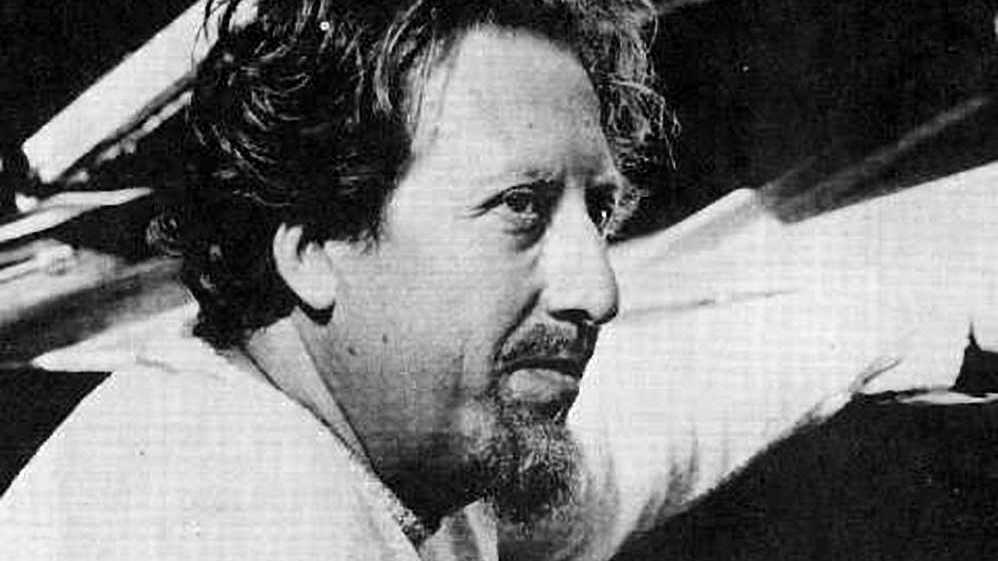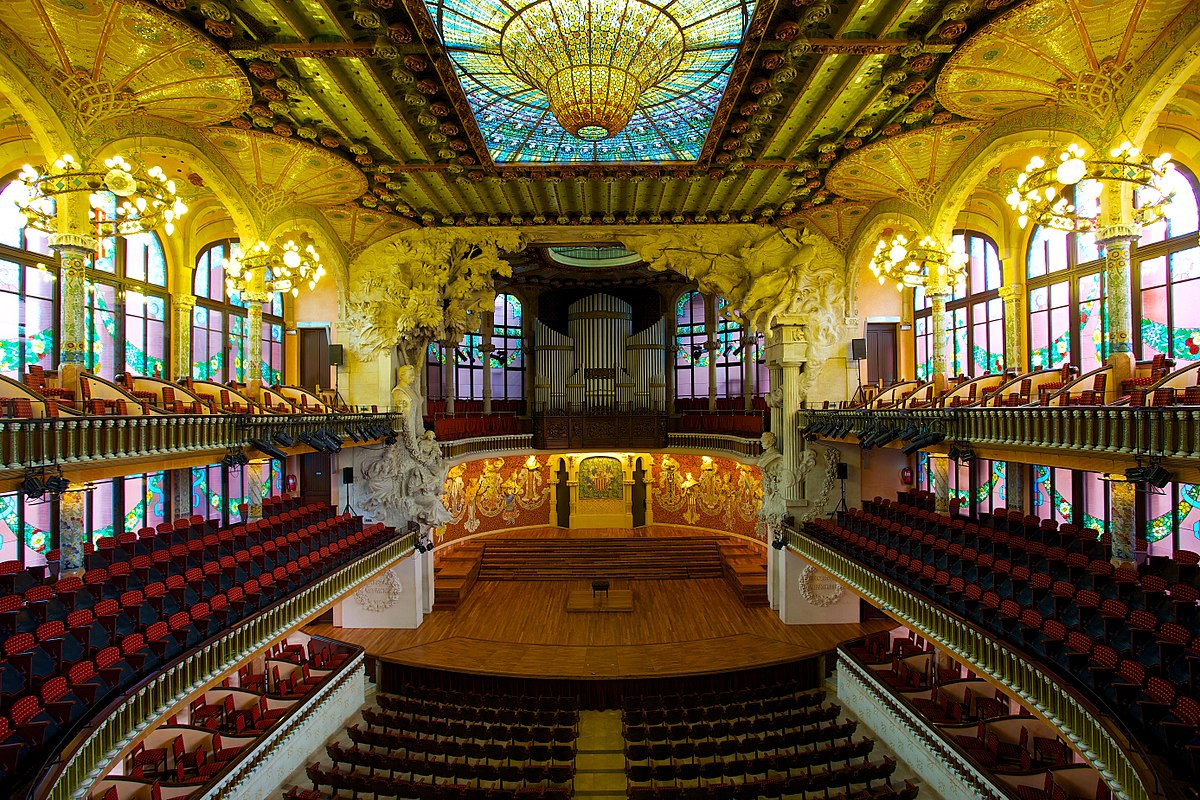An 18th Century Novelty: Music for Mechanical Organ Clock
On Wednesday, I pointed out the persistent “tick-tock” rhythm of the second movement of Haydn’s Symphony No. 101- a detail which earned the piece the nickname, The “Clock” Symphony. That got me thinking about the small collection of music, written by Haydn and other composers, for the mechanical organ clock, a popular eighteenth century luxury item which combined a clock with a small, mechanized organ. It’s a device which epitomized the scientific rationality of …







